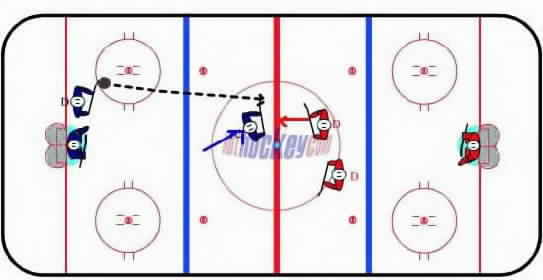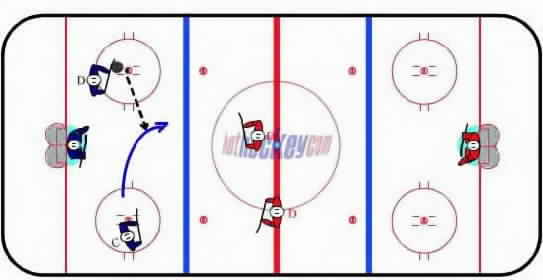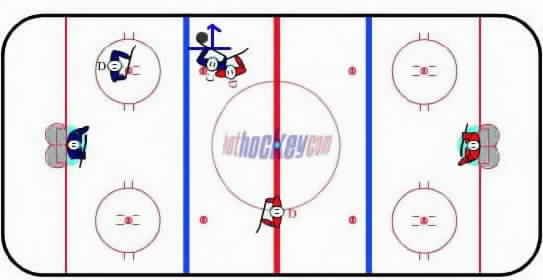|
|
|
|
|
|
|
|
 |
 |
|
|
|
|
 |
 |
 |
| Question: This weeks Question is from Jeff in Michigan. Ryan I am heading into the next level of hockey this fall and I know there will be an increase in body contact. Do you have some suggestions on how to take a hit without getting hurt? |
|
| Answer: Jeff there are some age-old principles that we can review for you, good luck to you this next season. |
|
| The first principle to review when we are talking about giving and taking a hit is to Be Aware. This seems so simple but is so hard to have our focus on the puck or the other player and miss everything else. During all times that we as players are on the ice we want to practice our puck control with our heads up. I see players at the amateur level in practice having fun with the puck, moving it back and forth, all the time looking down directly at the puck. This is a bad habit that may get us into trouble during the games. Be aware; look around before and while you have the puck. Know where your opponent is. |
|
| The second simple principle is Watch Your Positioning. Many times when players take hits that end up as an injury to the player its because of poor positioning. Cheating up ice ahead of the play often puts the forward in a vulnerable position. |
|
|
 |
|
|
 |
|
|
|
|
 |
 |
 |
| ooking back to receive a pass is the classic hockey mistake and is all about poor positioning. Again these habits are made and broken in practice. When taking a pass in the game or in practice get into a great habit of positioning yourself with a low arc that gets you a lateral short pass rather than a vertical long pass. |
 |
|
|
 |
|
|
|
|
 |
 |
 |
| The final import area that we will review in this article on checking is to Practice Your Boards Play. During hockey schools that I have taught at this summer we spend time practicing how to take a bag hit from behind next to the boards. |
 |
|
|
 |
|
|
|
|
 |
 |
 |
| Our advice is simple: try to angle your body instead of going straight into the boards and do not play close to the boards with your arms low, always keep your arms high and ready to move higher along the boards to brace yourselves. |
 |
|
|
 |
 |
 |
|

|
|
 |
 |
 |
|




